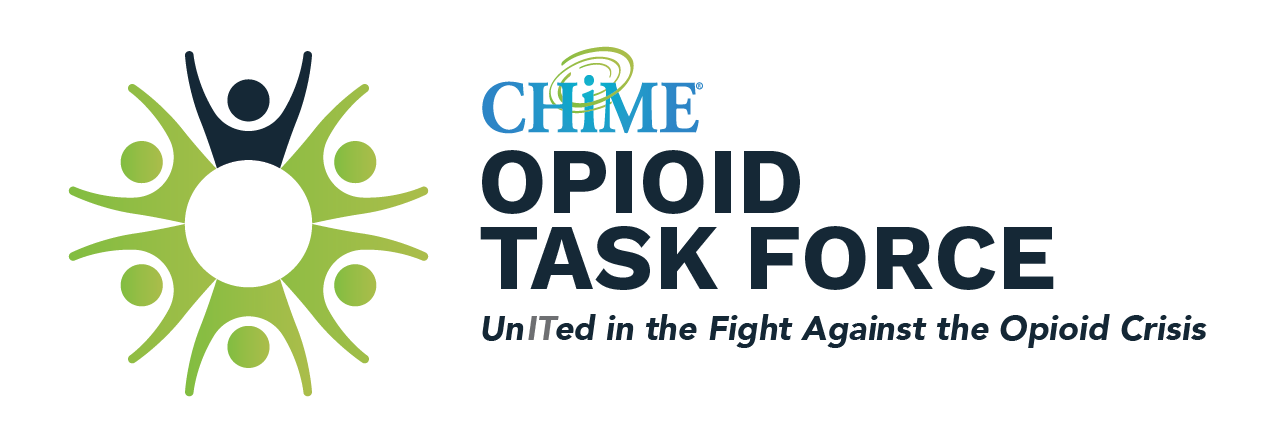In June 2018, Terry Leach, health policy and innovation consultant with the American Association of University Women, started to reach out to organizations in northern Sonoma County to build a North Sonoma County Harm Reduction Task Force. The initial request went to the Healdsburg Police Department, Healdsburg School District, Public Health Department and local providers Dave Anderson, MD, and Walter Maack, MD.
The objective of the collation was to raise awareness of the opioid crisis in Northern Sonoma County and prevent opioid drug overdose deaths. As the collation started to take shape, Walter Maack and his wife Bretta emerged as the face of the cause. In 2017, the Maacks tragically lost their son Morgan, 37, to an accidental heroin overdose.
The task force started meeting to go over the basic tenets of a successful advocacy program. Members needed to come together and focus on the initiatives and plan of action. In order to succeed, each area needed to designate a champion. These champions could then go back to their respective organizations and lead a subcommittee to address the issues and objectives of the Harm Reduction Coalition.
Local statistics were provided by the police department and local health agencies. Although the crisis had not truly taken a foothold in the area, there were signs of growing problems. The local police had reported that overdoses were on the rise and that it would be prudent if the officers started to carry Narcan to treat overdosed individuals if the police were the first to arrive on the scene.
As the coalition was built and gained momentum, some additional organizations and entities started coming on board and implementing mitigation strategies. An example would be that local middle schools started talking about adding prevention curriculum. Local police departments initiated programs that would allow their patrol officers to administer Narcan on the scene to unconscious drug overdose victims.
Healdsburg City Police and Healdsburg District Hospital collaborated to provide fentanyl test strips in their lobbies to help addicts identify possible deadly fentanyl levels. Both organizations announced that the strips would be provided with no questions asked.
The committee struggled to locate physicians in the area who were willing to prescribe Suboxone to help patients to end their addictions. Through solicitations and networking, several providers and clinics were identified that would start prescribing Saboxone.
Leach proposed to establish and conduct a community-wide forum to raise awareness of the problem and identify resources available to the community. A date was selected in October of 2018 to have a community engagement and education session at a local community theater. Champions were asked to provide topics and materials that would support the event and educate the community about the ongoing crisis.
As a first outreach effort to the community, an article was published by the local Healdsburg Tribune to highlight the extent of the opioid crises and inform the community about the public event that was scheduled in October at the community theater.
The format of the event started to take shape. The event would have video introductions that would have the Maacks describe their loss and the impact the crisis has had on their lives. After the videos a panel consisting of the Maacks and Gary Pace, MD, a local provider, discussed the crisis and contributing factors that caused it. The session concluded with a community Q&A with members of the panel.
Demonstration tables were put together by Healdsburg District Hospital and Alliance Medical Center. Volunteers at the tables demonstrated how to use the fentanyl test strips and how to apply the Narcan spray in case of an overdose.
The event was well attended and many of the audience members were directly affected by the crisis. The community questions were emotional and raw. There were levels of frustration within the community on the factors that had brought them to this point in the crisis. Panel members engaged and shared their expertise and experiences. The question session ended with an emotional community member sharing that she had lost her son to the epidemic and pleading with audience members to do whatever they needed to do to prevent it from happening to their loved ones.
The North Sonoma County Harm Reduction Task Force is moving into 2019 with new goals and plans to hold more events and engage with more organizations to fight the epidemic. Some of the goals for this year are:
- Soliciting throughout the county to try and get more providers Medication Administration Certified (MAT) certified.
- Make an effort to pull in resources and contacts that can connect and communicate with the homeless communities.
- Help with Bright Heart Health to collect data from across multiple agencies.
- Reach out to the County Sheriff’s Office to try and provide information to the jail systems on treatment requirements.
- Coordinate another community event that might include more topics such as raising awareness, providing information about resources available to people addicted, more demonstrations on test strips and Narcan administration.
